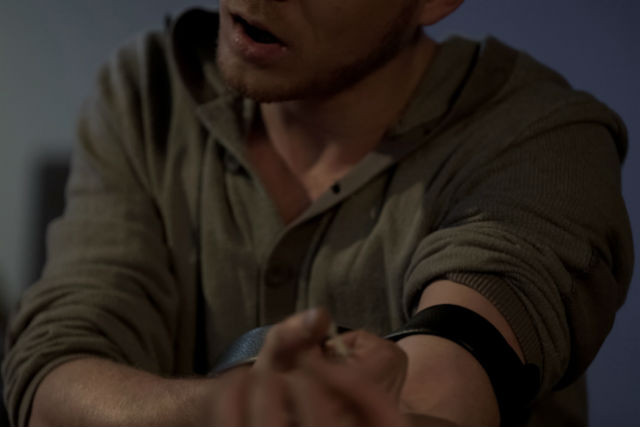According to the “State of the drugs problem in the Grand-Duchy of Luxembourg” (RELIS) published on Tuesday, there were 8 victims of fatal overdoses in 2017, down from 26 in 2000. Data was not yet available for 2018.
Luxembourg health minister Etienne Schneider credited the decline to the national action plan on drugs and drug addiction. The report author clarifies that its decline comes in large part from the extension of a methadone substitution programme, as well as the creation of the first national drug consumption room, sometimes referred to as the Tox-In, in 2005.
“Considering that since the opening in 2005 of the drugs injection room more than 2,200 overdose victims could be assisted and reanimated in this same facility, the life-saving effectiveness of such an offer is given,” the author wrote. The report further explains that the most frequently involved substance in overdose cases is heroin, followed by methadone and cocaine, with methadone becoming increasingly present in blood samples of overdose victims since 2000.

Chart: Luxembourg health ministry
Generally, the report found a decrease in the high-risk use of illegal drugs, estimated at a rate of 5.8 users per 1,000 inhabitants, compared to 2,000 when it was 9 users per 1,000 inhabitants, placing Luxembourg as among the worst rates in the EU.
The tendency to inject drugs is also beginning to shift, down from 5.7 people in every 1,000 residents to 3.8. Consumers are increasingly favouring drug inhalation, which the report said has a lower risk of overdose and infectious disease. That said, demand for sterile syringes distributed under the national needle exchange programme more than doubled from 2013 to 2017 (190,257 to 437,946, respectively, and with a needle return rate of 92% in 2017).
Drug treatment facilities have reported an uptick in patients, while national support and harm reduction structures have also seen an upsurge in contacts, from 131,000 in 2014 to 164,000 in 2017.

Chart: Luxembourg health ministry
The report found that cannabis was the most widely-used illegal drug by young people aged 13 to 18, but its use is thought to be declining.
Minister Schneider said: "While these results are encouraging, the development of complementary measures to reach marginalised users, without or in loss of contact with the healthcare network, remains a priority objective, also in the context of other communicable diseases such as hepatitis C infections among drug users.”
